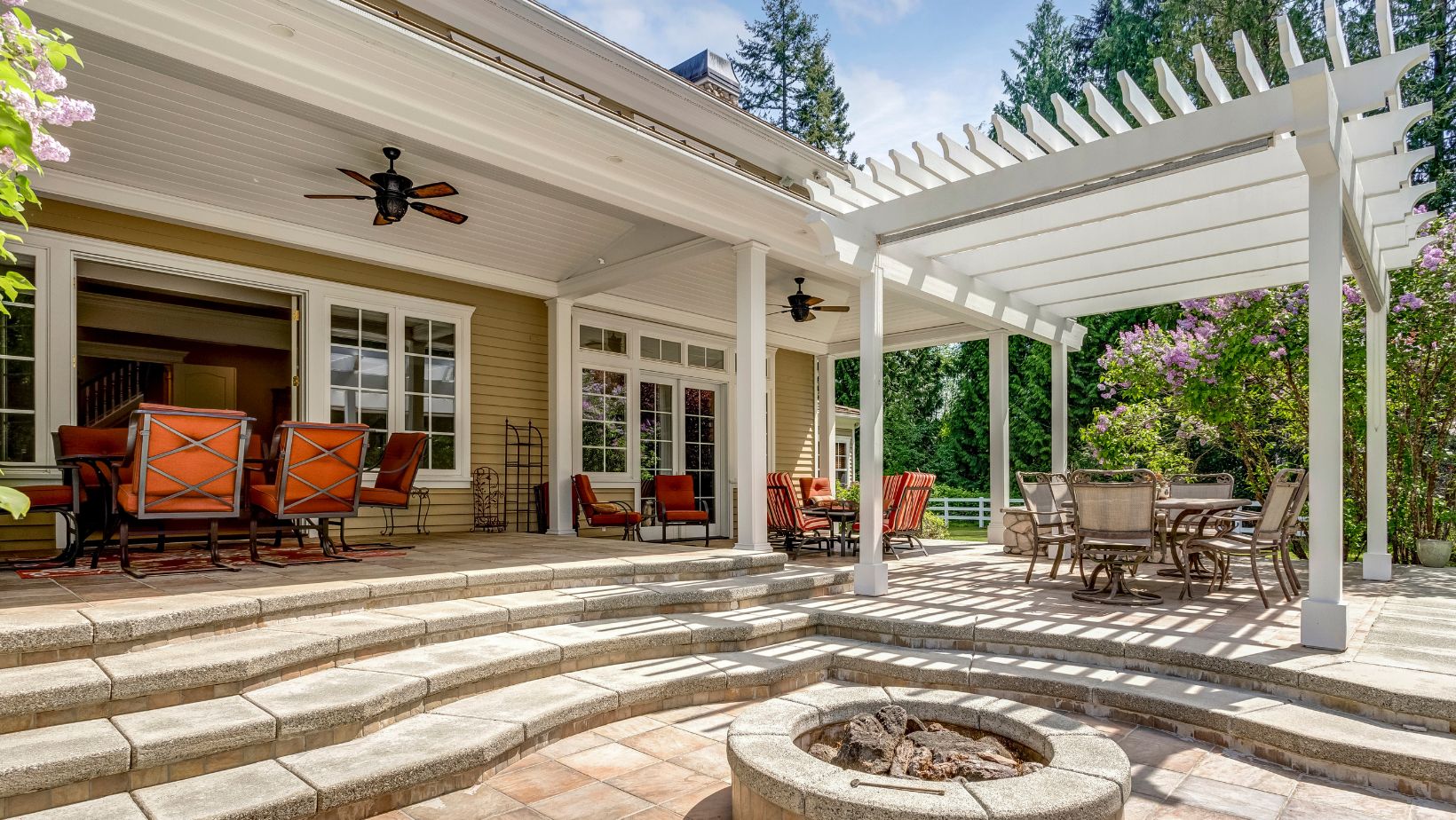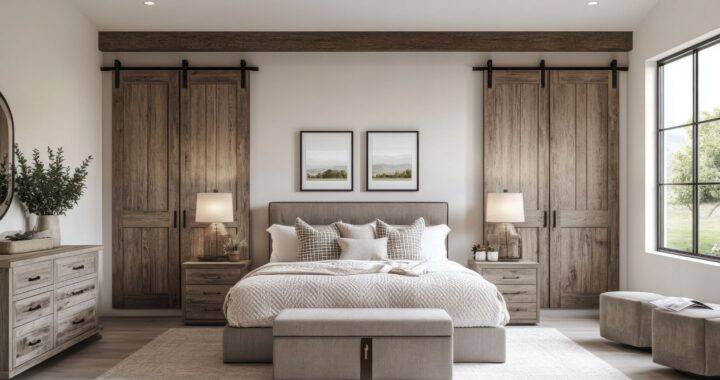10 Durable Outdoor Furniture Materials That Withstand Any Weather

Outdoor furniture must endure harsh weather conditions, from scorching sun and heavy rain to freezing temperatures and strong winds. Choosing the right materials ensures longevity, minimal maintenance, and lasting aesthetic appeal. However, the process of selecting durable materials for outdoor settings requires understanding their properties, maintenance needs, and resistance to environmental stressors.
The following materials are proven to withstand extreme weather while maintaining functionality and style.
1. Poly Lumber
Poly lumber is a high-density polyethylene (HDPE) material designed to resist moisture, UV rays, and temperature fluctuations. Unlike natural wood, it doesn’t warp, crack, or require staining.
Many manufacturers, including those specializing in poly lumber furniture, offer designs replicating traditional wood grains while providing superior durability. This material is ideal for outdoor dining sets, lounge chairs, and benches, as it withstands heavy rain, snow, and prolonged sun exposure without deteriorating.
Lastly, poly lumber is eco-friendly, typically made from recycled plastics, making it a sustainable choice for environmentally conscious consumers.
2. Teak
Teak wood has long been prized for outdoor furniture due to its natural oils and dense grain, which repel water, resist insects, and prevent rot. If left untreated, teak develops a silvery-gray patina over time, but regular oiling can maintain its golden-brown hue.
While teak is one of the most expensive options, its longevity justifies the investment. High-quality teak furniture can last decades, even in coastal environments with salty air and high humidity.
3. Aluminum
Aluminum is a popular choice for outdoor furniture due to its rust-resistant properties and lightweight nature. For instance, powder-coated aluminum offers additional protection against chipping, fading, and corrosion, making it suitable for all climates. This material is typically used in modern and minimalist designs, including patio dining sets and loungers. Its ability to withstand moisture without rusting can make it a practical option for poolside or coastal settings.
4. Stainless Steel
Stainless steel is highly resistant to rust and corrosion, especially when treated with a protective coating. Its strength makes it ideal for heavy-use outdoor furniture like commercial patio sets or high-end residential pieces. While stainless steel can heat up in direct sunlight, pairing it with cushions or tempered glass can enhance comfort. Its sleek, contemporary appearance also suits modern outdoor spaces.
5. Synthetic Wicker
Unlike natural wicker, which deteriorates quickly outdoors, synthetic wicker is made from resin or polyethylene fibers designed to resist moisture, UV rays, and extreme temperatures.

It’s commonly used in patio sofas, sectionals, and dining chairs. Furthermore, synthetic wicker is lightweight, easy to clean, and available in various weaves and colors. These make it a versatile choice for different design styles.
6. Wrought Iron
Wrought iron is known for its durability and timeless aesthetic. Though heavy, it is incredibly sturdy and withstand strong winds and heavy rain. However, it requires periodic maintenance to prevent rust, such as repainting or applying a protective sealant. This material is typically seen in ornate garden benches, bistro sets, and pergolas, adding a touch of elegance to outdoor spaces.
7. Concrete
Concrete furniture is virtually indestructible, capable of enduring heavy rain, snow, and intense heat. While it is extremely heavy and not easily moved, it provides a modern, industrial look for outdoor dining tables, benches, and fire pits. To prevent cracking in freezing temperatures, concrete furniture should be sealed properly. Some designs incorporate lightweight aggregates or fiber reinforcement for added durability.
8. High-Density Polyethylene (HDPE) Lumber
Like poly lumber, HDPE (high-density polyethylene) lumber is crafted from recycled plastics but undergoes advanced engineering for enhanced strength and durability. This material excels in outdoor applications, resisting UV fading, stains, and moisture damage, making it perfect for decking, benches, and picnic tables.
Unlike natural wood, HDPE lumber doesn’t require sanding, sealing, or repainting, providing a virtually maintenance-free solution. Its resilience against wear and weathering makes it an excellent choice for high-traffic outdoor spaces, combining sustainability with long-lasting performance.
9. Cedar
Cedar contains natural tannins and oils that protect it from rot, insects, and moisture. While not as durable as teak, it’s more affordable and ages gracefully with a silver-gray patina if left untreated.

Cedar is commonly used for Adirondack chairs, pergolas, and outdoor storage benches. Regular sealing can also extend its lifespan in harsh climates.
10. Marine-Grade Polymer
Originally developed for marine environments, marine-grade polymer is highly resistant to saltwater, UV rays, and temperature fluctuations. It’s often used in outdoor furniture for coastal homes, yachts, and luxury resorts. This material is fade-proof, stain-resistant, and easy to clean, making it a premium choice for high-end outdoor settings.
Final Thoughts
Choosing the right outdoor furniture material is essential for ensuring longevity, durability, and resistance to harsh weather conditions. Whether prioritizing sustainability, strength, or style, investing in high-quality weather-resistant furniture guarantees years of outdoor enjoyment. By keeping the information mentioned above in mind, homeowners can create functional, stylish outdoor spaces that withstand the elements without constant upkeep.

 How to Design Homes That Suit Sydney’s Climate
How to Design Homes That Suit Sydney’s Climate  Smoke Alert Home Fire Safety: Essential Tips to Protect Your Family from Fires
Smoke Alert Home Fire Safety: Essential Tips to Protect Your Family from Fires  Senior Home Safety Assessment: Essential Tips for a Safer Living Space
Senior Home Safety Assessment: Essential Tips for a Safer Living Space